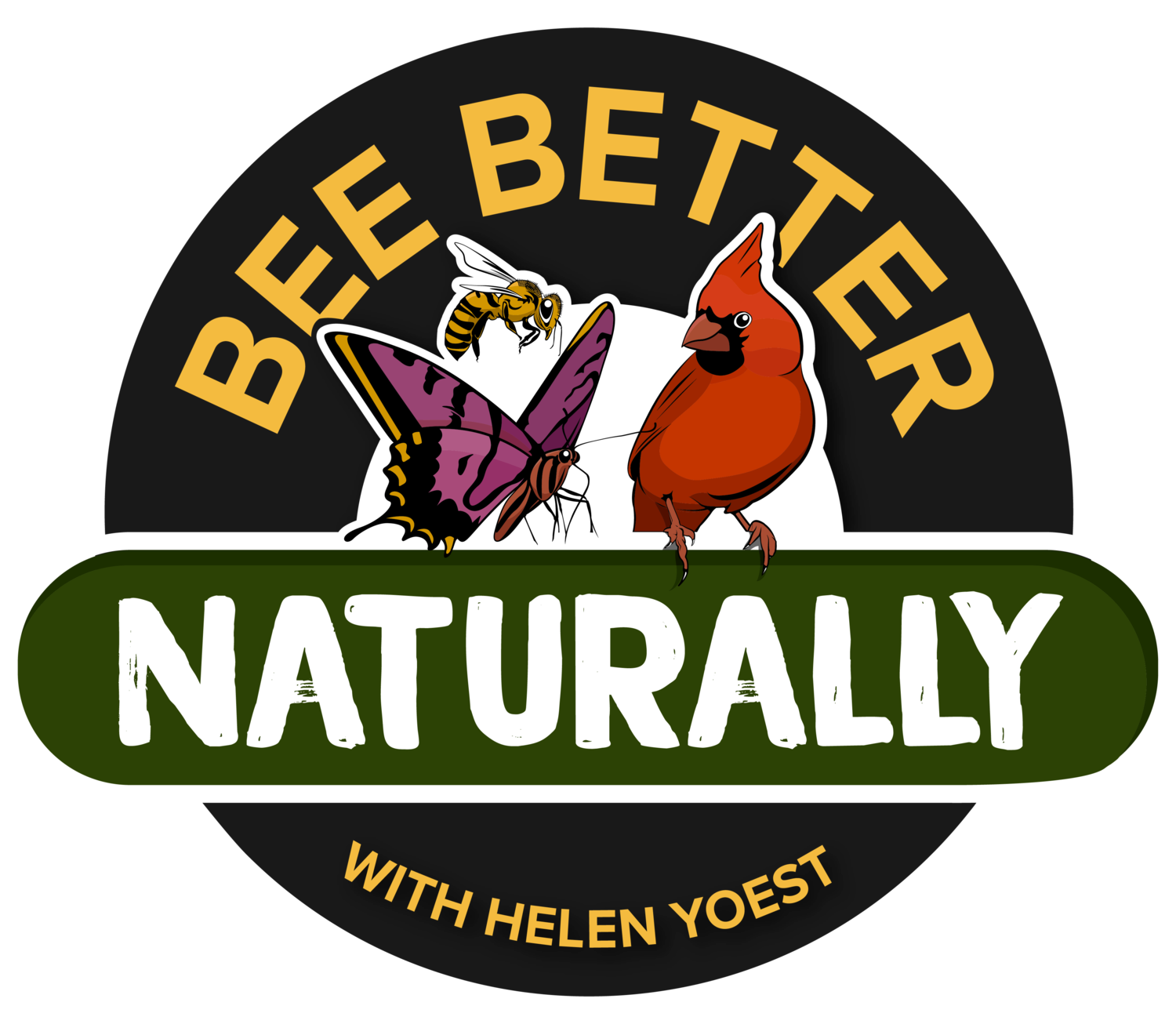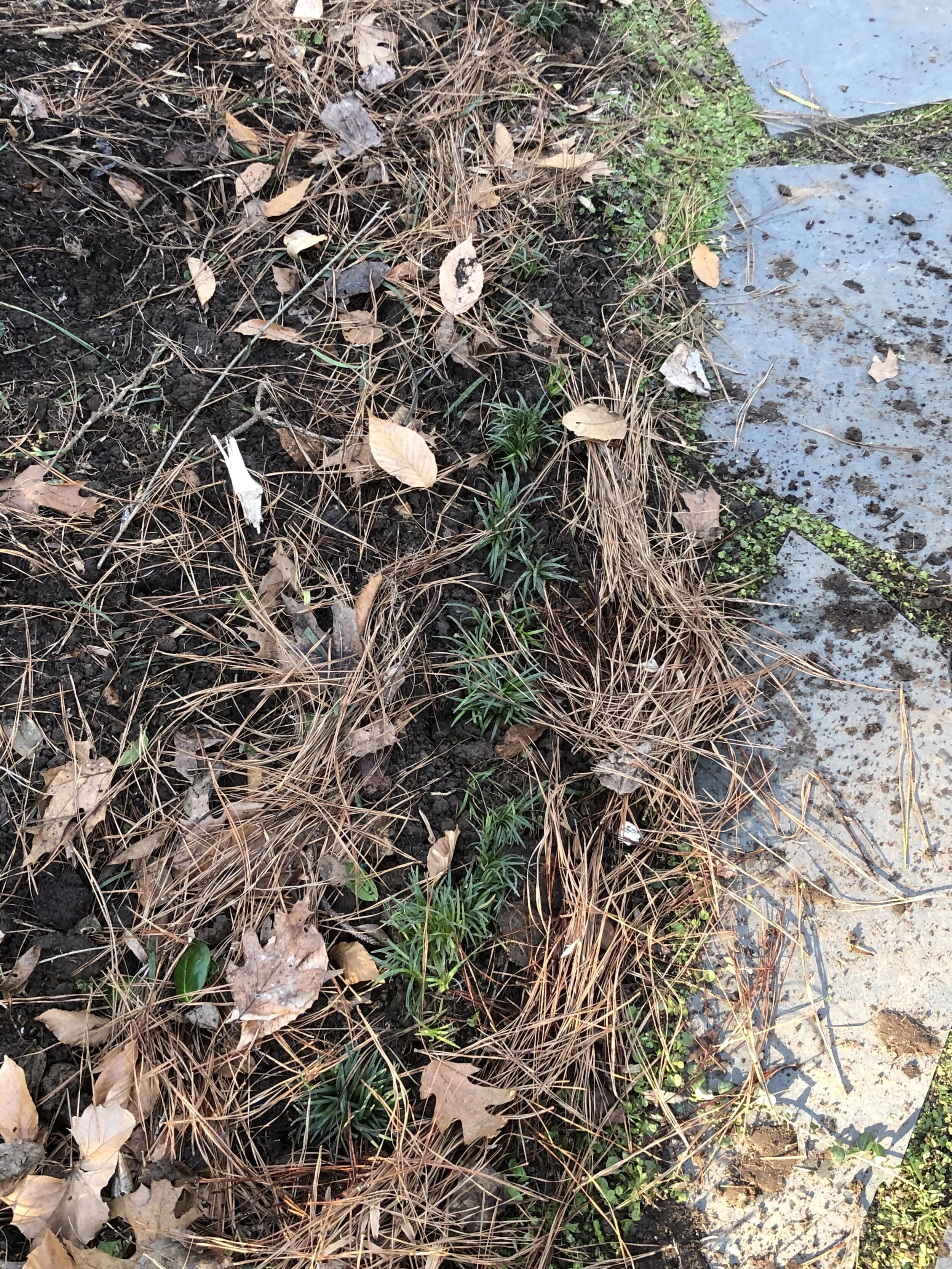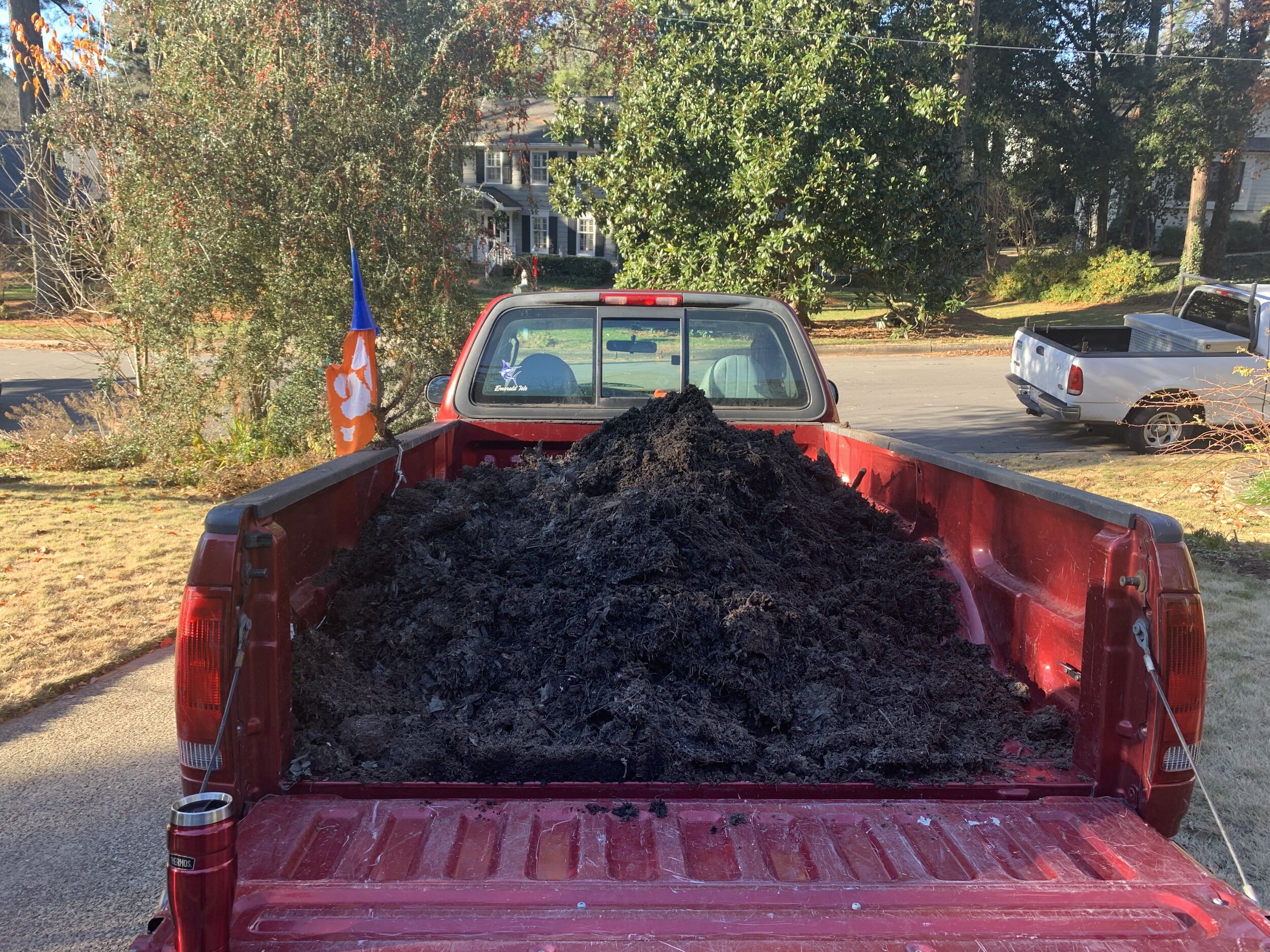Nature and environmental awareness is the cornerstone of the Joslin Garden.
Wildlife logs.
William and Mary Coker Joslin always believed that parks and greenways are a large part of what makes Raleigh a vibrant and healthy place to live. By donating their home and garden to the City of Oaks Foundation, Joslin’s garden plan is to give all visitors and citizens of Raleigh another natural haven from urban life. They hope that the Joslin Garden will provide a place where environmental awareness and conservation can be nurtured through education and the joy of a deep connection with the natural world. The City of Oaks Foundation.
The City of Oaks Foundation always welcomes ideas to enhance our endeavors, and our posts are about raising awareness, be it learning about plants or Nature and the environment.
We were recently asked if we considered having European honey bees, Apis mellifera, hives to help with pollination…and to help save the honey bees.
The City of Oaks Foundation likes the idea of having hives, one day may brand our own honey, but in the meantime we are already helping bees. You are too when you think of it. Are you pesticide-free and have a diversity of plants? That is a good place to start.
William Joslin’s children relate that during the late 1970s-mid ’80s, he kept bees at the Joslin Garden. He successfully harvested honey and maintained his hives with the support and mentorship of his friend Carl Holleman, a fellow environmentalist and attorney who kept bees for many years at his home in Apex. Mr. Joslin’s beekeeping enterprise was during the time before there was widespread public concern about the future of the European honey bee.
In the ’90s and early 2000s, we heard a lot about Colony Collapse Disorder (CCD). During these times, higher rates of winter hive losses were seen, and people feared the European honey bee might go extinct. Rest assured, there was no threat of extinction, then or now. Even without keeping hives, you can do so much at home to benefit wildlife.
The best part of this extinction-scare was that it raised awareness of our use and misuse of pesticides used by the average person. Those of us who have spent a lifetime understanding Nature and the environment, like the Joslins, knew the connection between bees and other pollinators for pollen and nectar. The best indication of a healthy garden and Nature preserve is noting the butterflies, resident and migratory birds, and of course the European honey bees, and especially our native bees.
Scientists have estimated that globally, one in six native bee species is regionally extinct and more than 40 percent are vulnerable to extinction.
In the United States, there are about 4,000 native bee species. About 70% of bee species nest in the ground or cavities. We are not talking about the horrid, predatory wasp, Vespula spp. that colonizers underground and can attack if disturbed. We wouldn’t wish that on anyone. Where native bees are concerned, the vast majority are solitary and have no hive to protect, thus harmless.
Unfortunately, at least 23 percent of U.S. native bees have declined, with bees in areas with heavy commodity-crop production particularly hard hit due to habitat loss and pesticide use. Other threats to native bees include climate-driven sea-level rise and increased temperatures, loss of host plants, and competition and disease from non-native honeybees.
As an environmentalist and nature-lover, I make it a point to stay on top of wildlife losses and environmental improvements. There was a time when CCD had higher winter losses than the typical loss (pre-CCD) of 30%. Things have improved incredibly since then.
Several years ago, I thought I was helping the European honey bee by trying my hand at beekeeping. With my pesticide-free ½ acre, planted specifically for birds, bees, and butterflies, I thought my beekeeping could help prevent the honey bee from going extinct. Well, actually, I never believed extinction was possible, though that fear did settle in for many. In any event, I was wrong in thinking I was helping by (trying to) keep bees; in fact, I may well have contributed to the problem.
I praise beekeepers who raise bees and harvest honey. Local honey is my go-to purchase. Oh, it is all so good! I like Greek yogurt with a dab of honey with my blueberries in the morning or afternoon snack!
To meet the demand for startup beekeepers with no mentor or training, garden centers started carrying hive supplies. That lasted a couple of years. Homeowners soon abandoned their hives after the bees left. Just like I did. What I didn’t really understand at the time was I might have contributed to even more honey bee losses, given my bees may have spread disease picked up in the hives I kept. This is distressing to think about.
On the positive side, besides the European honey bee not being in peril as many once thought, the real concerns are with agriculture, not home gardeners. I realized I have everything I need to help both European honey bees and our native bees. The same is true for the Joslin Garden, and since you admire the #JoslinGarden, as evidenced by the fact you are reading this, you probably do too!
HERE’S HOW WE HHER’S HOW TO HELP NATIVE BEES
Stop Using Pesticides. This makes sense, right? Not everyone knows that pesticides. They are all bad for the environment.
Go Native. In The Joslin Garden, we have both native and introduced plants like camellias. We have slowly begun to eradicate as many non-native invasive plants as we can. It will take time, but we know if we can keep at it, we will succeed. Look for future posts on our approach.
Diversity Is Key. Not all flower sizes fit all. With so many native bees requiring different needs, diversity is key. Bees have different tongue sizes. Short tongues need flowers with pollen and nectar that suits their reach. Longer tongues can get deep into the throat of the flower. And then there is the trusty carpenter bee that nectar-robs trumpet-shaped flowers by biting through the top where all the goodies are.
Leave Snags. To learn more, click HERE! Having snags on your land is a great way to support local wildlife, especially native bees and cavity-nesting birds.
Leave Cutbacks. When doing spring cutback, leave about six to eight inches to stem height. A good example of this is Bee Balm, Monarda spp. Bee Balm has hollow stems, the perfect size for our friendly native Mason bee, Osmia spp.
Open Ground. Leave areas of unmulched ground,
Shop smart. Smaller nurseries that specialize in organic gardening will likely be your best bet. And remember, supply equals demand: The more you ask for pollinator-safe plants, the more likely stores will start stocking them.
Water. If you already have a birdbath, you’re good to go. Provide some pebbles or rocks as “islands” in the dish so pollinators—especially small bees—won’t drown. We at the Joslin Garden are fortunate to have a stream running through the property and we have a manmade frog pond! Of course, standing water can also attract an unwanted backyard pest: the mosquito. Make sure you empty and refill dishes frequently to keep the water fresh. To learn more about natural mosquito control, click HERE!
























































